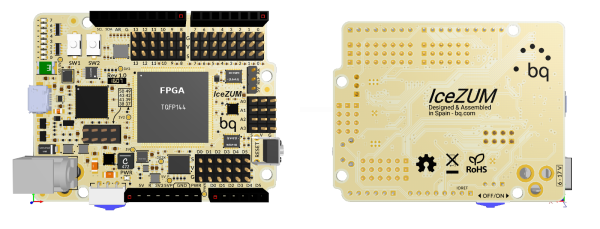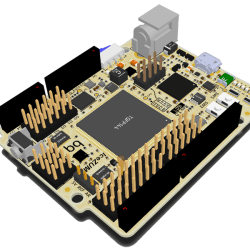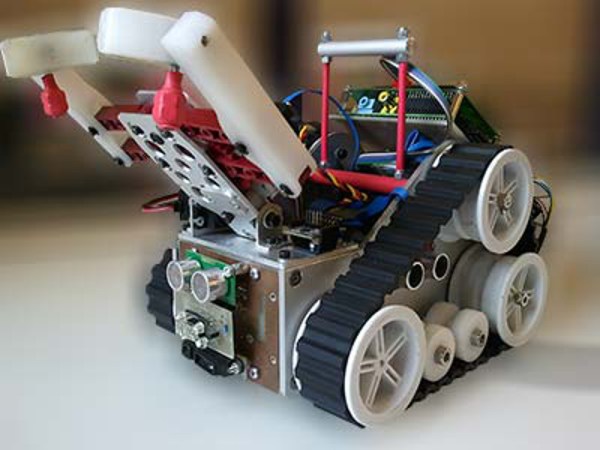Many successful large-scale projects don’t start out large: they start with a small working core and grow out from there. Building a completely open-source personal computer is not a weekend project. This is as much a retelling of events as it is background information leading up to a request for help. You’ll discover that quite a lot of hard work has already been put forth towards the creation of a completely open personal computer.
When I noticed the Kestrel Computer Project had been submitted via the Hackaday tips line I quickly tracked down and contacted [Samuel] and asked a swarm of questions with the excitement of a giddy schoolgirl. Throughout our email conversation I discovered that [Samuel] had largely kept the project under the radar because he enjoyed working on it in his down time as a hobby. Now that the project is approaching the need for hardware design, I posed a question to [Samuel]: “Do you want me to write a short article summarizing years of your work on Kestrel Project?” But before he could reply to that question I followed it up with another: “Better yet [Samuel], how about we tell a more thorough history of the Kestrel Project and ask the Hackaday community for some help bringing the project home!?”
Continue reading “Kestrel Computer Project”


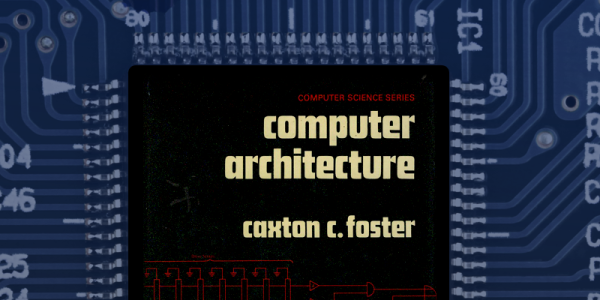

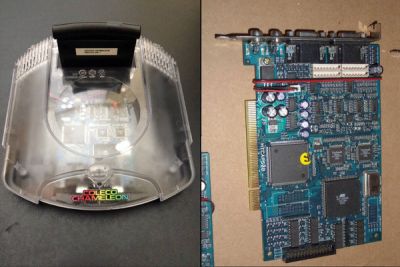 enthusiasts around the world. To get it to the masses, they started an ambitious 2 million US dollar Indiegogo campaign, which has unfortunately come to a
enthusiasts around the world. To get it to the masses, they started an ambitious 2 million US dollar Indiegogo campaign, which has unfortunately come to a 